Embarking on a whole food plant-based diet (WFPBD) can be an exciting journey toward better health and well-being. However, navigating the grocery store’s aisles without a clear plan can be daunting. Without a well-thought-out whole food plant based diet list, it’s easy to feel overwhelmed and uncertain about what to buy. This article aims to simplify the process by providing you with a comprehensive shopping list for your WFPBD, making your shopping trips more efficient and enjoyable.
Understanding the Whole Food Plant-Based Diet
Before diving into your whole food plant based diet list, let’s first understand what a WFPBD entails and its numerous benefits. A WFPB Diet focuses on consuming minimally processed foods derived from plants, such as fruits, vegetables, whole grains, legumes, nuts, and seeds. It excludes or minimizes animal products and highly processed foods, including refined sugars and oils.
This dietary approach has gained popularity due to its potential health benefits, including reduced risk of chronic diseases such as heart disease, type 2 diabetes, and certain cancers. Additionally, it’s associated with weight loss, improved digestion, increased energy levels, and better overall vitality.

What Not to Eat on a WFPBD
- Animal Products: Plant-based diets do not include all animal products. That is the main similarity between this diet and a vegan diet. Remember to read the ingredients on any product you buy, even if the label says “plant-based.”
- Processed Food: Avoid heavily processed foods, including sugary snacks, chips, cookies, and pre-packaged meals. These items are often high in added sugars, unhealthy fats, and artificial additives, contributing to poor health outcomes.
Always avoid foods that are far away from their natural state. Those foods contain added oils, salt, and sugar.
What Foods Are Allowed in WFPBD
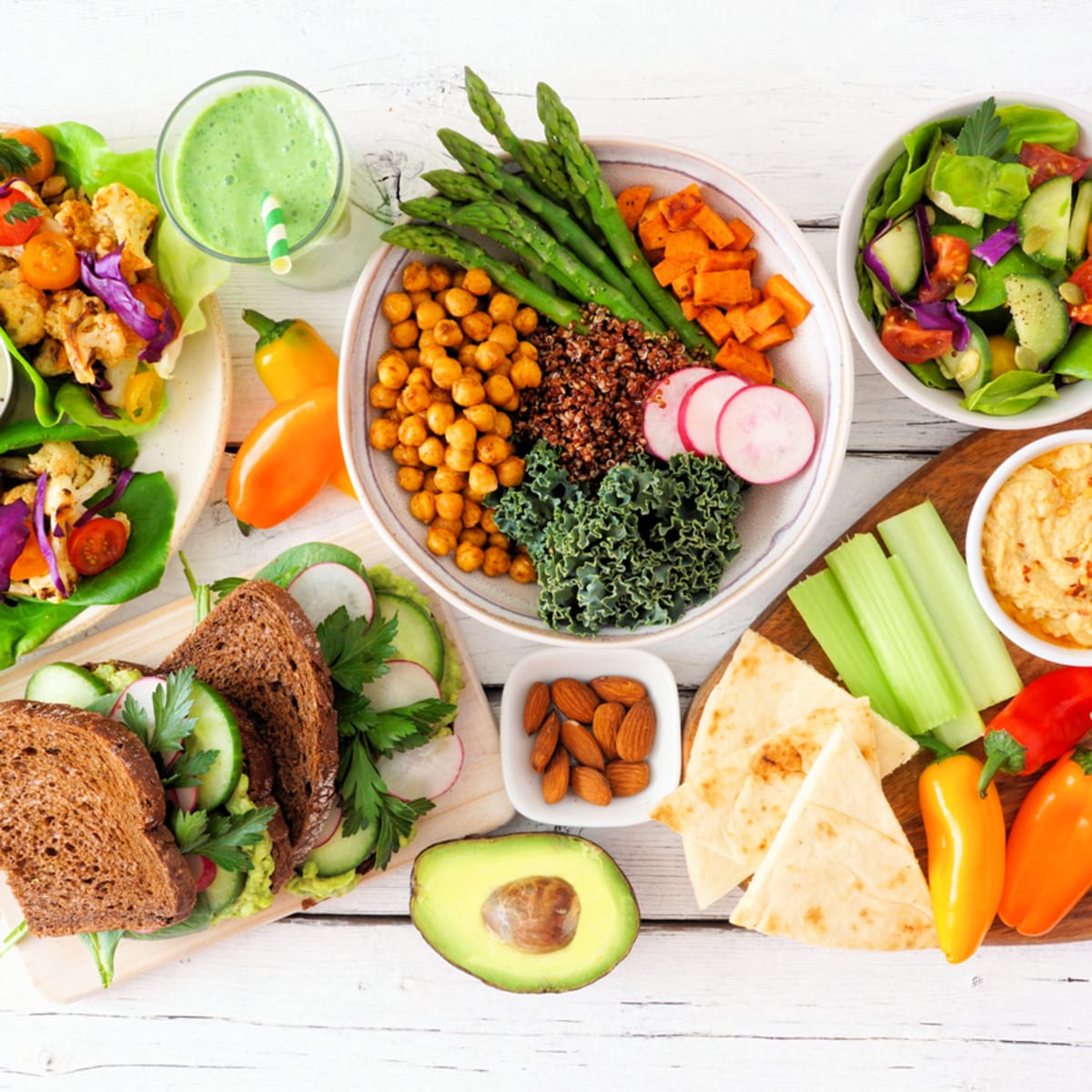
The Whole Food Diet Plant Based (WFPBD) emphasizes consuming minimally processed plant foods while minimizing or excluding animal products and highly processed foods. Generally, foods allowed on a WFPBD include fruits, vegetables, whole grains, legumes, nuts, and seeds. This dietary approach stands out because it focuses on whole, nutrient-dense foods naturally rich in fiber, vitamins, minerals, and antioxidants.
Unlike some diets that restrict certain food groups or macronutrients, the WFPBD encourages a wide variety of plant-based foods, providing ample opportunity for individuals to meet their nutritional needs while supporting overall health and well-being. By prioritizing whole plant foods, this diet emphasizes the importance of nourishing the body with foods in their most natural and unprocessed forms, promoting long-term health benefits and sustainability.
Now, let’s explore the diverse array of plant-based foods encouraged on a WFPBD in details.
Read also : Top 5 Healthy Recipes For Whole Food Plant Based Diet Breakfast Ideas
Whole Food Plant Based Diet List
A great way to start is to make a whole food plant-based shopping list before heading to any shopping place! This list will keep you from getting lost and spending more money than expected. You will also know where to head first and what items you should keep last on your list.

Fresh Veggies and Fruits
- Importance: Fresh produce contains essential vitamins, minerals, and antioxidants vital for overall health. To maximize nutritional intake, aim to include a variety of colorful fruits and vegetables in your whole food plant based diet list.
- Leafy greens (spinach, kale, arugula)
- Cruciferous vegetables (broccoli, cauliflower, Brussels sprouts)
- Root vegetables (carrots, sweet potatoes, beets)
- Berries (blueberries, strawberries, raspberries)
- Citrus fruits (oranges, lemons, grapefruits)
- Dried fruits with no added sugar (raisins, dates, apricots, figs)
Frozen Veggies and Fruits
- Importance: Frozen produce offers convenience and can be just as nutritious as fresh varieties. However, read the label well, as you want to avoid those that have added non-natural ingredients. Stock up on these items for quick and easy meal preparation.
- Mixed vegetables (peas, corn, carrots)
- Berry blends
- Mango chunks
- Spinach or kale
Grains, Bread, and Pasta
- Importance: Whole grains provide essential carbohydrates, fiber, and nutrients. Opt for whole grain options to support digestive health and stabilize blood sugar levels.
- Quinoa
- Brown rice
- Whole wheat bread
- Whole grain pasta
- Oats
Beans and Legumes
- Importance: Beans and legumes are excellent sources of plant-based protein, fiber, and micronutrients. Incorporate a variety of beans and legumes into your meals for optimal nutrition.
- Black beans
- Chickpeas
- Lentils
- Kidney beans
- Peas
Healthy Meat Alternatives
- Importance: Plant-based meat alternatives offer a sustainable and nutritious alternative to animal products. Look for minimally processed options with whole food ingredients.
- Tempeh
- Tofu
- Seitan
- Plant-based burgers
- Meatless sausages
Nuts, Seeds, and Nut Butter
- Importance: Nuts and seeds contain healthy fats, protein, and essential nutrients. Enjoy them as snacks or incorporate them into meals for added flavor and texture.
- Almonds
- Walnuts
- Chia seeds
- Flaxseeds
- Peanut or almond butter
Condiments and Sauces
- Importance: Flavor your dishes with natural, plant-based condiments and sauces to enhance taste without compromising health.
- Salsa
- Hummus
- Mustard
- Balsamic vinegar
- Tamari or soy sauce
Sweeteners
- Importance: Opt for natural sweeteners to satisfy your sweet tooth without the adverse health effects associated with refined sugars.
- Maple syrup
- Agave nectar
- Dates
- Stevia
Herbs and Spices
- Importance: Herbs and spices add depth and complexity to your dishes while providing numerous health benefits in your whole food diet plant based.
- Basil
- Cumin
- Turmeric
- Garlic
- Oregano
Tips for Whole Food Plant Based Diet List and Saving Money at the Grocery Store

Transitioning to a wfpb diet doesn’t have to break the bank. With some planning and savvy shopping strategies, you can enjoy nutritious meals while staying within your budget. Here are some tips to help you save money on plant-based groceries:
- Avoid Supermarket Tricks
Supermarkets often strategically place higher-priced items at eye level and offer enticing promotions on processed foods. Be mindful of these tactics and focus on sticking to your shopping list of whole, plant-based foods.
- Visit Farmer’s Markets for Seasonal Items
Farmer’s markets are excellent places to find fresh, seasonal produce at competitive prices. You can enjoy peak flavor and nutritional value by purchasing fruits and vegetables in season while supporting local farmers.
- Consider Frozen Products
Frozen fruits and vegetables are typically more affordable than fresh varieties and retain their nutrients well. Stock up on frozen produce to have on hand for quick and convenient meal preparation without worrying about spoilage.
- Opt for Dry Foods Instead of Canned
Dry beans, lentils, grains, and pasta are often cheaper than their canned counterparts and have a longer shelf life. Buying in bulk and cooking from scratch can save you money in the long run while reducing packaging waste.
- Utilize Bulk Bins
Many grocery stores offer bulk bins for grain, legumes, nuts, seeds, and spices by weight. Buying in bulk allows you to buy what you need only and can be more economical than pre-packaged options.
- Avoid Pre-Chopped Fruits and Veggies
While pre-chopped fruits and vegetables may seem convenient, they often have a higher price tag. Save money by purchasing whole produce and taking the time to prepare it yourself at home.
- Plan Meals and Batch Cook
Meal planning helps minimize food waste and ensures you only buy what you need. Batch cooking large quantities of meals and freezing leftovers for later can save both time and money by reducing the temptation to dine out or order takeout.
- Compare Prices and Shop Around
Feel free to compare prices between stores and take advantage of sales and discounts. Consider shopping at discount retailers, ethnic markets, or warehouse clubs for affordable plant-based staples.
- Invest in Staple Ingredients
Stocking up on staple ingredients like beans, rice, oats, and spices can help you create various budget-friendly meals. Purchase these items in bulk when possible to save money per serving.
By incorporating these tips into your whole food plant based diet list routine, you can make nutritious choices while keeping your grocery budget in check. With some creativity and planning, eating a plant-based diet can be affordable and enjoyable.
Plant-Based Recipes and Snack Ideas
Now that you have your whole food plant based diet list, it’s time to put it to good use with delicious plant-based recipes and snack ideas. Here are a few suggestions to get you started:
- Quinoa Salad: Combine cooked quinoa with diced vegetables, chickpeas, and a lemon-tahini dressing for a nutritious and satisfying meal.
- Stuffed Bell Peppers: Fill halved bell peppers with cooked lentils, rice, vegetables, and tomato sauce, then bake until tender.
- Smoothie Bowl: Blend frozen berries, spinach, banana, and almond milk until smooth, then top with granola, nuts, and seeds for a refreshing and nutrient-packed breakfast or snack.
- Roasted Chickpeas: Toss cooked chickpeas with olive oil and your favorite spices, then roast in the oven until crispy for a crunchy and satisfying snack.
- Guacamole with Veggie Sticks: Mash ripe avocados with lime juice, garlic, and cilantro, then serve with sliced carrots, cucumber, and bell peppers for a healthy and delicious appetizer.
Final Thoughts
In conclusion, research indicates that regardless of whether individuals follow a plant-based diet, consuming whole foods rather than predominantly ultra-processed ones can lead to consuming 500 fewer calories daily, even without actively restricting intake.
When embracing a wfpb diet, careful planning is key to ensuring a well-rounded intake of essential nutrients such as iron, calcium, zinc, iodine, omega-3 fatty acids, vitamin B12, and vitamin D. This is where a whole food plant based diet list becomes invaluable. The above grocery list emphasizes whole foods as the foundation of your diet. It includes various fruits, vegetables, grains, protein-rich foods, nuts, seeds, and dairy alternatives.
With this comprehensive guide, you’ll be well-equipped to confidently navigate the aisles and make informed choices that support your whole food plant-based lifestyle. Happy shopping and happy eating!


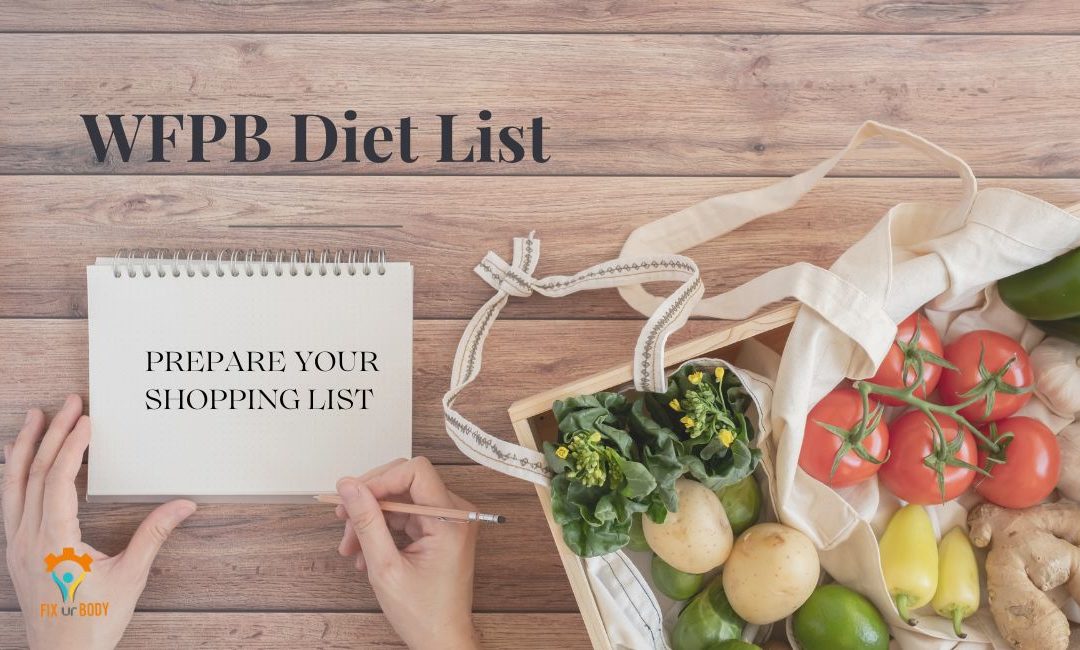
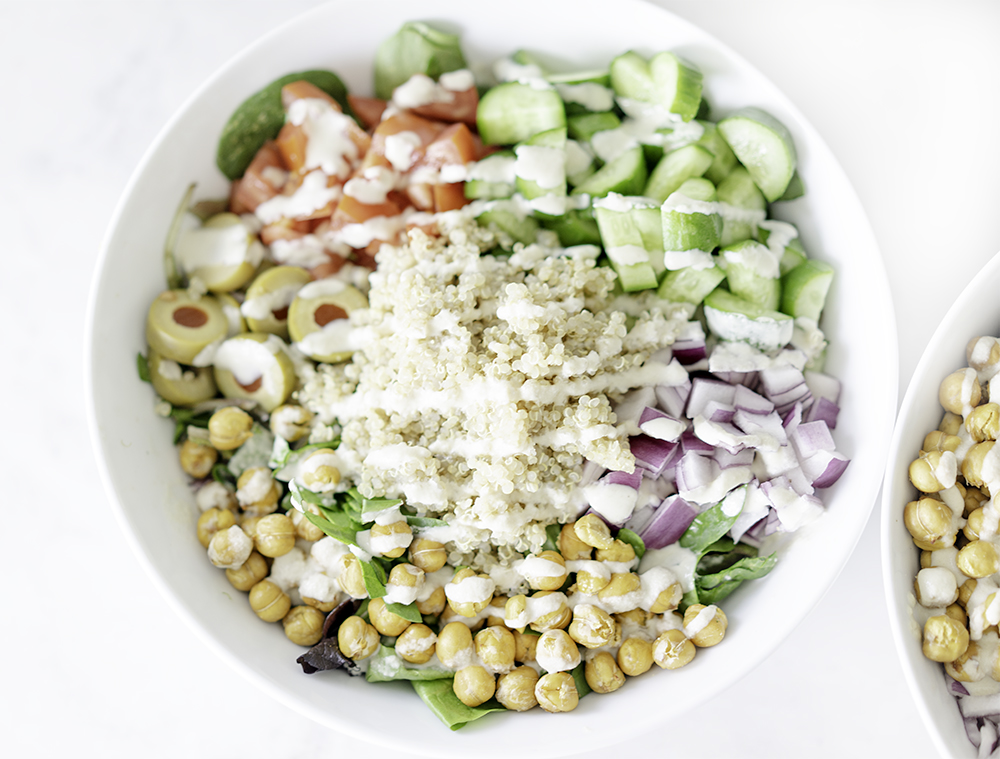
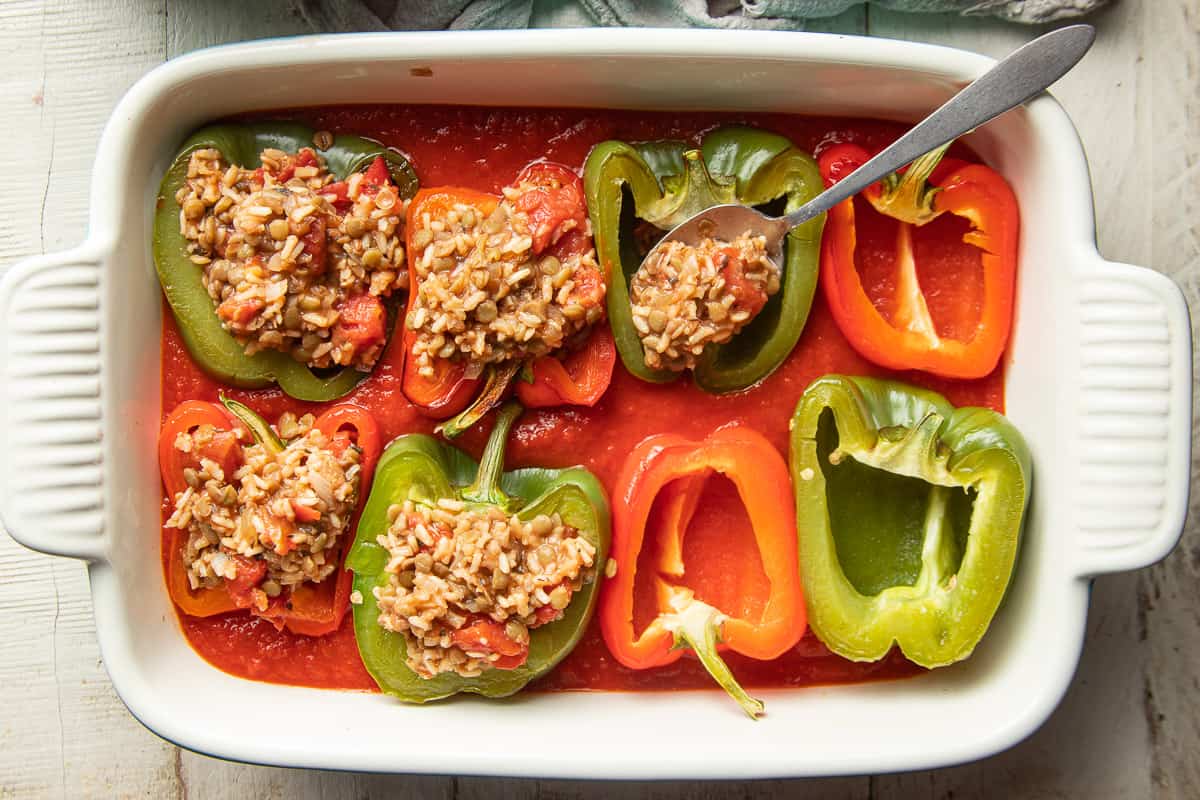
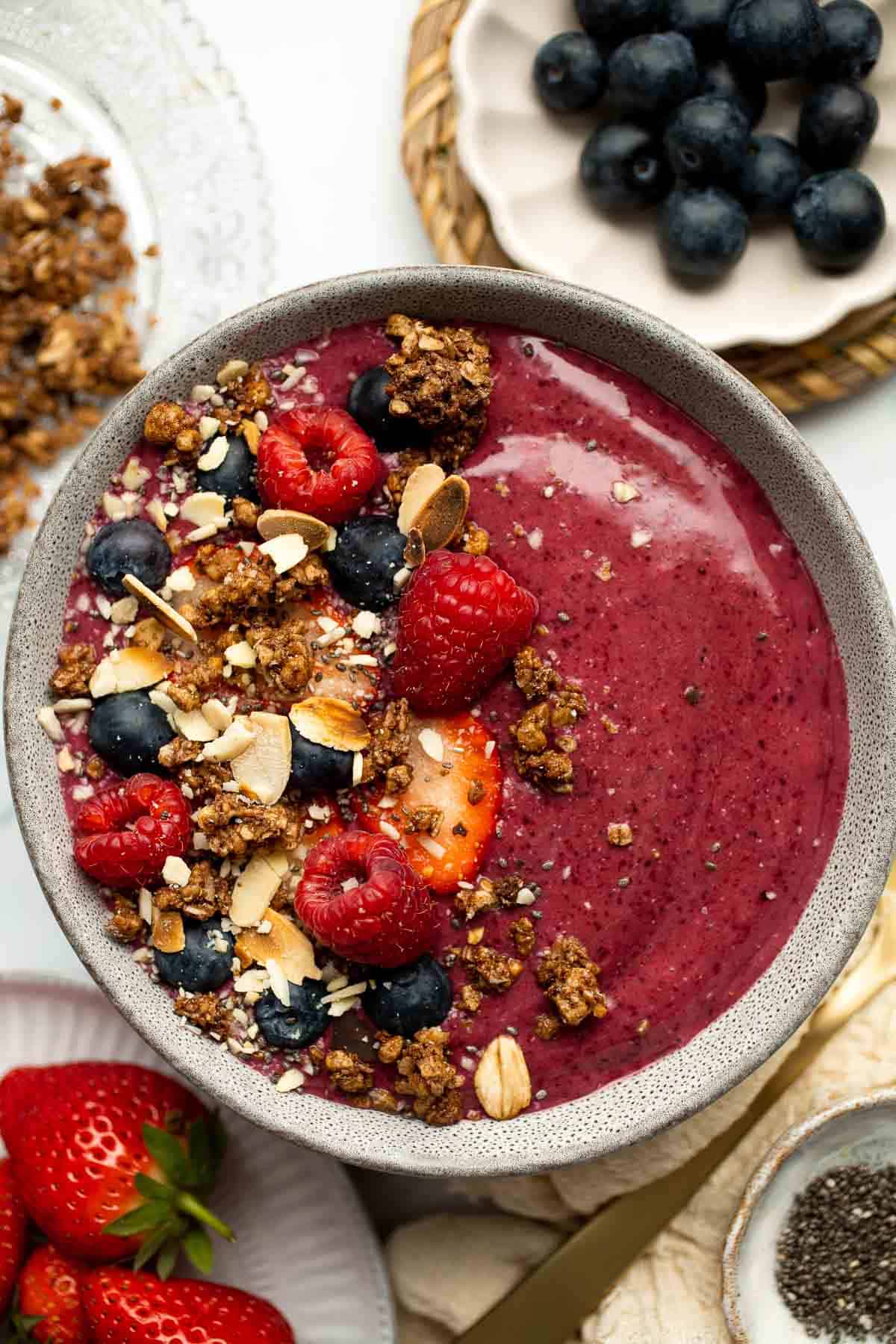

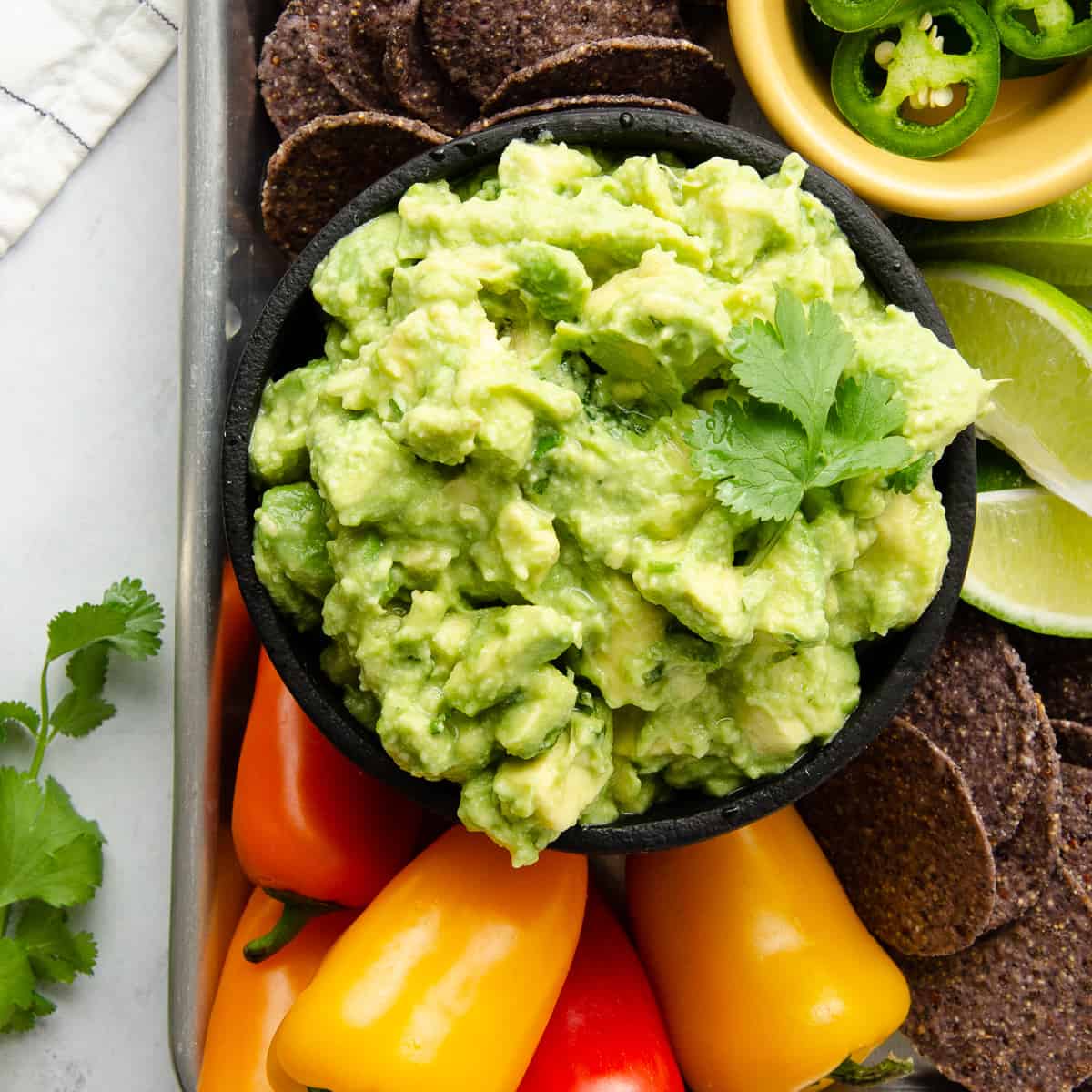
This service is perfect for boosting your local business’ visibility on the map in a specific location.
We provide Google Maps listing management, optimization, and promotion services that cover everything needed to rank in the Google 3-Pack.
More info:
https://www.speed-seo.net/ranking-in-the-maps-means-sales/
Thanks and Regards
Mike Kennedy
PS: Want a ONE-TIME comprehensive local plan that covers everything?
https://www.speed-seo.net/product/local-seo-bundle/